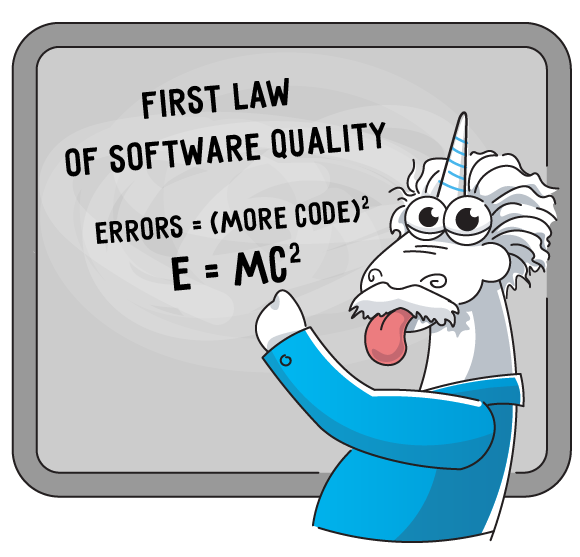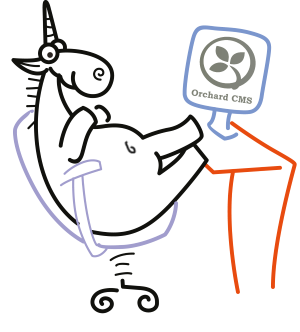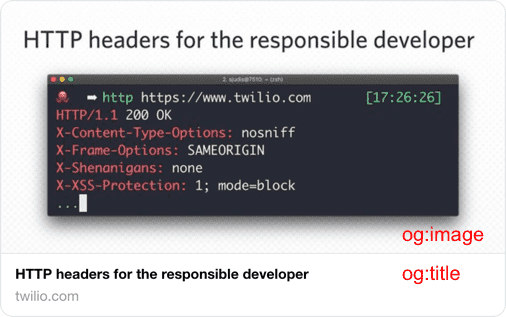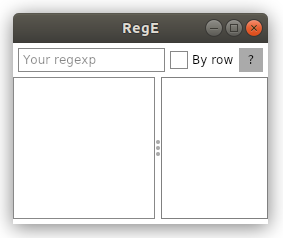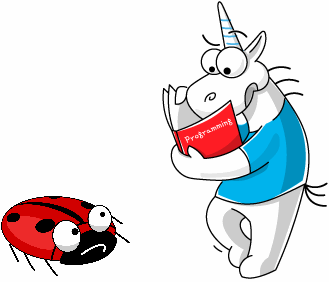A City Without Traffic Jams

Chapter 2.
(the link to Chapter 1)
The Art of Designing Road Networks
Transport problems of a city through the eyes of a Computer Scientist
If I were recommended an article with the title “The Art of Designing Road Networks,” I would immediately ask how many road networks were built with the participation of its author. I must admit, my professional activity was far from road construction and was recently associated with the design of microprocessors where I, among other responsibilities, was engaged in the resource consumption of data switching. At that time my table stood just opposite the panoramic window which opened up a beautiful view of the long section of the Volgograd Highway and part of the Third Transport Ring with their endless traffic jams from morning to evening, from horizon to horizon. One day, I had a sudden shock of recognition: “The complexities of the data switching process that I struggle with on a chip may be similar to the difficulties the cars face as they flow through the labyrinth of road network”.
Probably, this view from the outside and the application of methods that were not traditional for the area in question gave me a chance to understand the cause of traffic jams and make recommendations on how to overcome the problem in practice.


